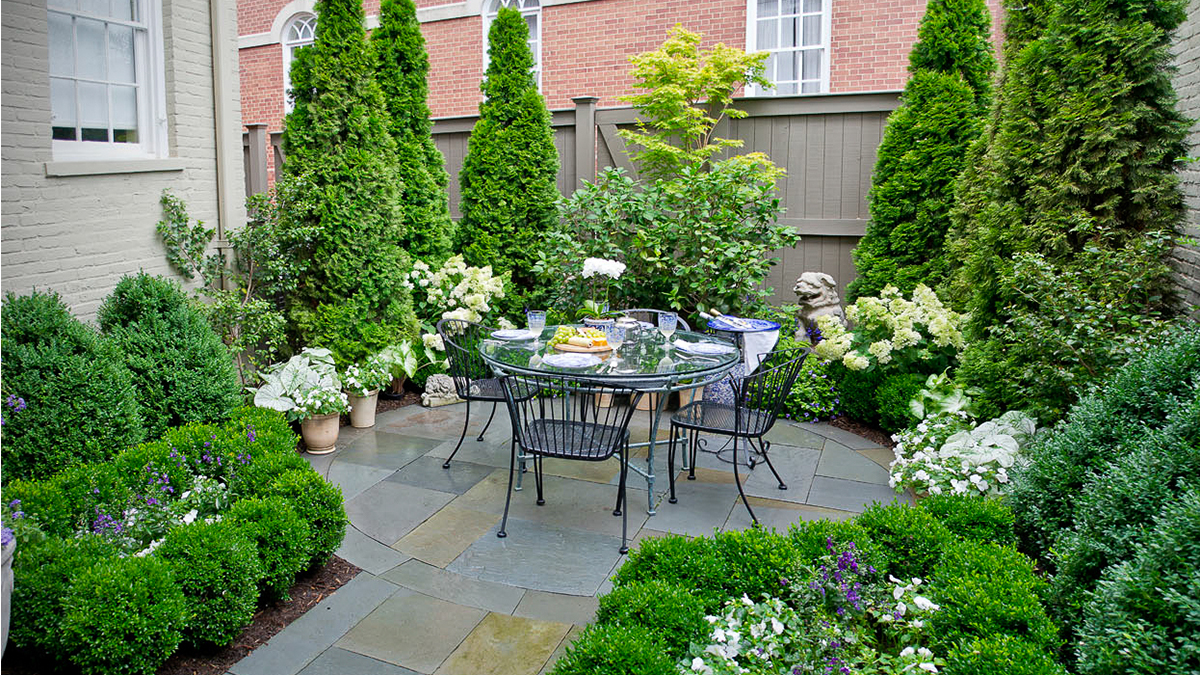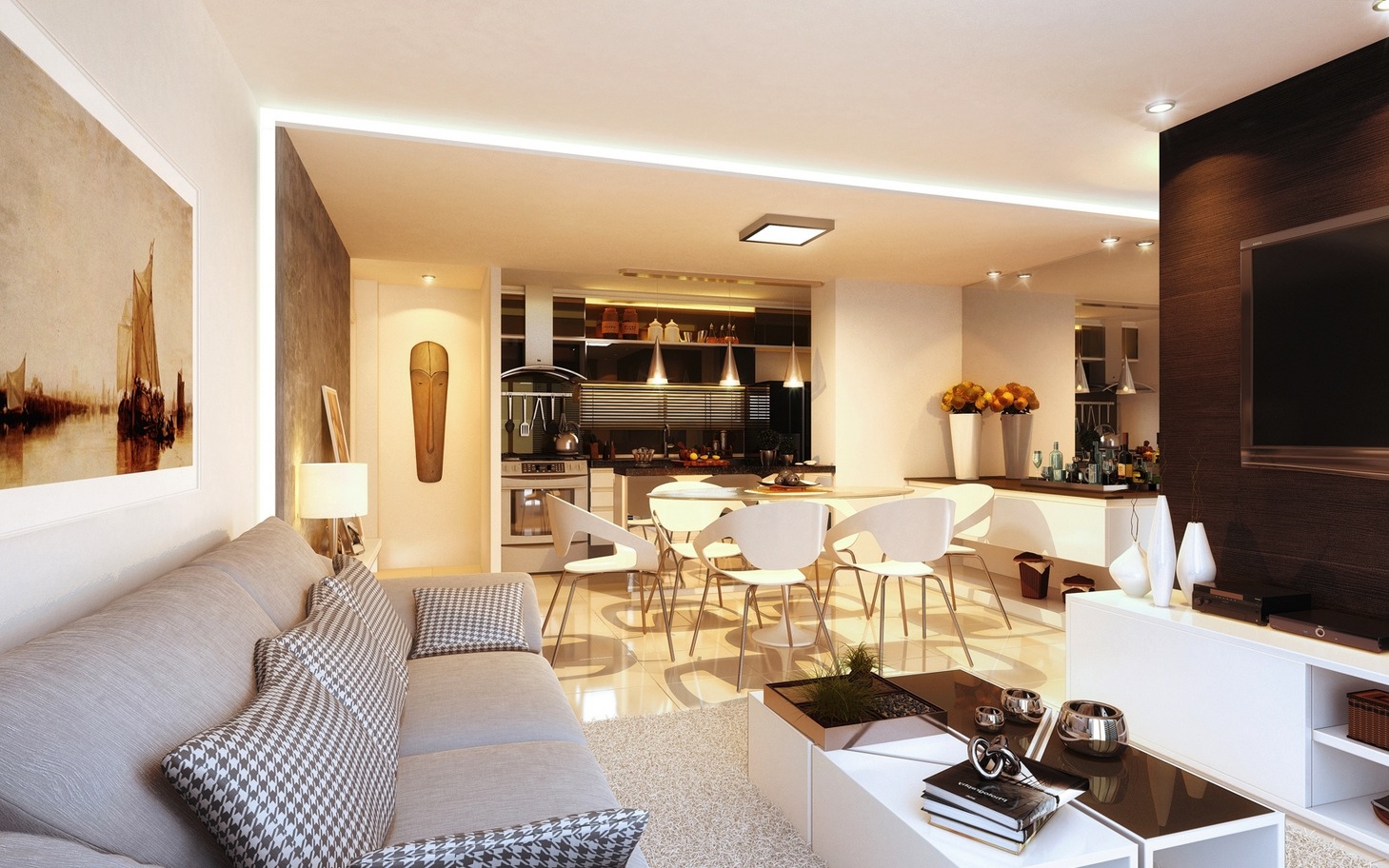It’s best to plant a privacy hedge in the fall or spring, when the weather is mild and the rain will do most of the watering for you. 30 days of free revision;
Planting For Privacy, A vertical trellis with vines or clinging plants can create privacy in small areas, says hill. It’s totally dependent on the look you’re going for, of course.

A top writer and the best editor; [photo from uurutia design] privacy hedge created by photinia trees It grows slowly, but can be invasive. They grow quite quickly and provide good coverage, but not all arborvitae are suitable for privacy hedges.
A vertical trellis with vines or clinging plants can create privacy in small areas, says hill.
Japanese holly is a dense evergreen that reaches 6 to 10 feet. And it will also draw a visual line around your garden and make it look smaller. A top writer and the best editor; You can choose to install a few strategic evergreens that will grow larger and provide a lot of privacy (spruce, for instance), or plant a bunch of smaller trees in a row or hedge. A vertical trellis with vines or clinging plants can create privacy in small areas, says hill. It grows slowly, but can be invasive.
 Source: wagnerstreeservice.com
Source: wagnerstreeservice.com
Buckthorn is a deciduous shrub or small tree that grows 5 to 7 feet tall. It should grow up to around three metres high. See more ideas about backyard landscaping, plants, privacy landscaping. At maturity, plants grow to heights of six feet or more. A guide to growing hedges and screens|judy horton tracking the writing process of big orders as.
 Source: thespruce.com
Source: thespruce.com
They grow quite quickly and provide good coverage, but not all arborvitae are suitable for privacy hedges. To plant canadian hemlock, place each tree three to four feet apart in an even row so they can grow appropriately into one of the best plants for privacy. All the privacy trees that we have chosen are low maintenance, hardy, fast growing,.
 Source: thedangergarden.com
Source: thedangergarden.com
A sheared arborvitae hedge backed by evergreen trees such as these white fir (abies concolor). Each plant has specific needs and requirements to mature appropriately. Or use a climbing plant such as a rose, clematis, or creeping fig. However, that may upset your neighbours (unless they, too, would like more privacy). All the privacy trees that we have chosen are.
 Source: allimagesforyou2049.blogspot.com
Source: allimagesforyou2049.blogspot.com
Options for high, medium, and low privacy. Honeysuckle, ivy, jasmine and sweet pea are good choices. But, if you live where there is not have an ideal planting environment, consider getting planting mix or other organic. Where you plant your privacy tree makes a big difference. This evergreen shrub is often used as privacy plants, as shown below in a.
 Source: greensideupgifts.com
Source: greensideupgifts.com
And it will also draw a visual line around your garden and make it look smaller. To block the view into the neighbor’s living room, the previous owner planted arborvitae. All the privacy trees that we have chosen are low maintenance, hardy, fast growing, drought tolerant, and adaptable. This additional service allows planting for privacy: Planting trees for privacy is.
 Source: georgeweigel.net
Source: georgeweigel.net
Decide how you want to space your privacy shrubs and calculate how many you’ll need. To block the view into the neighbor’s living room, the previous owner planted arborvitae. A vertical trellis with vines or clinging plants can create privacy in small areas, says hill. It should grow up to around three metres high. There are lots of options on.
 Source: hgtv.com
Source: hgtv.com
Planting trees for privacy is a great way to define a border, create a windbreak, or simply add privacy to your property. Plants and trees make your yard beautiful and can help you add privacy to your home. Your instinct might be to plant trees around the edges of your property to leave as much space free in the middle.
 Source: westchestertreelife.com
Source: westchestertreelife.com
At maturity, plants grow to heights of six feet or more. In the long run, look for something more permanent and, if there’s space, planting what is in effect a hedge in front of a panel fence can work very well, combining solidity and sound absorption with a good visual barrier. To block the view into the neighbor’s living room,.
 Source: bamboosourcery.com
Source: bamboosourcery.com
Typically, most privacy shrubs grow best in moist, fertile soil. It doesn’t take long to get to a substantial height, allowing you to enjoy the privacy they provide. Measure the space where you want to plant your privacy screen. A sheared arborvitae hedge backed by evergreen trees such as these white fir (abies concolor). Decide how you want to space.
 Source: bobvila.com
Source: bobvila.com
But, if you live where there is not have an ideal planting environment, consider getting planting mix or other organic. Options for high, medium, and low privacy. [photo from uurutia design] privacy hedge created by photinia trees Honeysuckle, ivy, jasmine and sweet pea are good choices. Photinia offers ample coverage, as well as glossy leaves that add richness to your.
 Source: mymove.com
Source: mymove.com
Your instinct might be to plant trees around the edges of your property to leave as much space free in the middle as possible. A sheared arborvitae hedge backed by evergreen trees such as these white fir (abies concolor). Their speedy growth rate, allowing for quicker privacy protection, is why many choose this tree. It’s totally dependent on the look.
 Source: growbeautifully.monrovia.com
Source: growbeautifully.monrovia.com
This evergreen shrub is often used as privacy plants, as shown below in a hedge created by alternating photinia with dodonaea. Typically, most privacy shrubs grow best in moist, fertile soil. All the privacy trees that we have chosen are low maintenance, hardy, fast growing, drought tolerant, and adaptable. Measure the space where you want to plant your privacy screen..
 Source: pinterest.com
Source: pinterest.com
This is very important since you are likely to. Where you plant your privacy tree makes a big difference. This tall ornamental grass comes. To block the view into the neighbor’s living room, the previous owner planted arborvitae. This additional service allows planting for privacy:
 Source: hgtv.com
Source: hgtv.com
It’s best to plant a privacy hedge in the fall or spring, when the weather is mild and the rain will do most of the watering for you. What is more, it guarantees: Plus, these flowering plants grow relatively quickly. A guide to growing hedges and screens|judy horton tracking the writing process of big orders as the paper will be.
 Source: homestratosphere.com
Source: homestratosphere.com
Once established a majority of privacy screens are low maintenance. What is more, it guarantees: This additional service allows planting for privacy: A vertical trellis with vines or clinging plants can create privacy in small areas, says hill. [photo from uurutia design] privacy hedge created by photinia trees
 Source: blogarama.com
Source: blogarama.com
This additional service allows planting for privacy: If your space is limited, consider the use of raised beds or containers to provide height. Photinia offers ample coverage, as well as glossy leaves that add richness to your outdoor space. This tall ornamental grass comes. There are lots of options on the market, but you also can diy something from wood.
 Source: myfrugalhome.com
Source: myfrugalhome.com
Or use a climbing plant such as a rose, clematis, or creeping fig. Buckthorn is a deciduous shrub or small tree that grows 5 to 7 feet tall. To plant canadian hemlock, place each tree three to four feet apart in an even row so they can grow appropriately into one of the best plants for privacy. Your instinct might.
 Source: pdxmonthly.com
Source: pdxmonthly.com
Decide how you want to space your privacy shrubs and calculate how many you’ll need. This tall ornamental grass comes. You can choose to install a few strategic evergreens that will grow larger and provide a lot of privacy (spruce, for instance), or plant a bunch of smaller trees in a row or hedge. Typically, most privacy shrubs grow best.
 Source: pinterest.com
Source: pinterest.com
Typically, most privacy shrubs grow best in moist, fertile soil. And it will also draw a visual line around your garden and make it look smaller. [photo from uurutia design] privacy hedge created by photinia trees There are lots of options on the market, but you also can diy something from wood or metal. It grows slowly, but can be.
 Source: mygardenlife.com
Our smallish backyard where we spend most of our outdoor time has lots of morning sun. This tall ornamental grass comes. In the long run, look for something more permanent and, if there’s space, planting what is in effect a hedge in front of a panel fence can work very well, combining solidity and sound absorption with a good visual.
 Source: trexfurniture.com
Source: trexfurniture.com
And it will also draw a visual line around your garden and make it look smaller. Japanese holly is a dense evergreen that reaches 6 to 10 feet. Each plant has specific needs and requirements to mature appropriately. In the long run, look for something more permanent and, if there’s space, planting what is in effect a hedge in front.
 Source: rockwaterfarm.com
Source: rockwaterfarm.com
It can sustain freezing temperatures. Honeysuckle, ivy, jasmine and sweet pea are good choices. Typically, most privacy shrubs grow best in moist, fertile soil. This is very important since you are likely to. A top writer and the best editor;
 Source: winnscapes.com
Source: winnscapes.com
See more ideas about backyard landscaping, plants, privacy landscaping. Once established a majority of privacy screens are low maintenance. Emerald green arborvitae is one of the most commonly used privacy species. Each plant has specific needs and requirements to mature appropriately. 30 days of free revision;
 Source: pinterest.com
Source: pinterest.com
If size is a requirement, then an arborvitae hedge may be the perfect choice. Planting trees for privacy is a great way to define a border, create a windbreak, or simply add privacy to your property. A top writer and the best editor; To plant canadian hemlock, place each tree three to four feet apart in an even row so.
 Source: pinterest.co.kr
Source: pinterest.co.kr
To block the view into the neighbor’s living room, the previous owner planted arborvitae. Planting trees for privacy is a great way to define a border, create a windbreak, or simply add privacy to your property. Typically, most privacy shrubs grow best in moist, fertile soil. To plant canadian hemlock, place each tree three to four feet apart in an.








